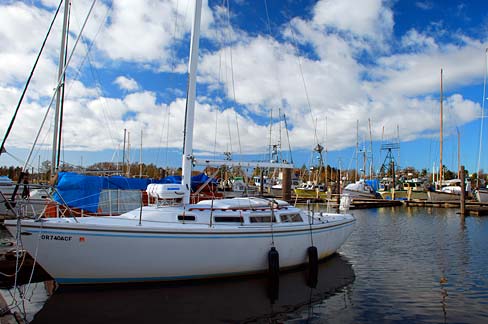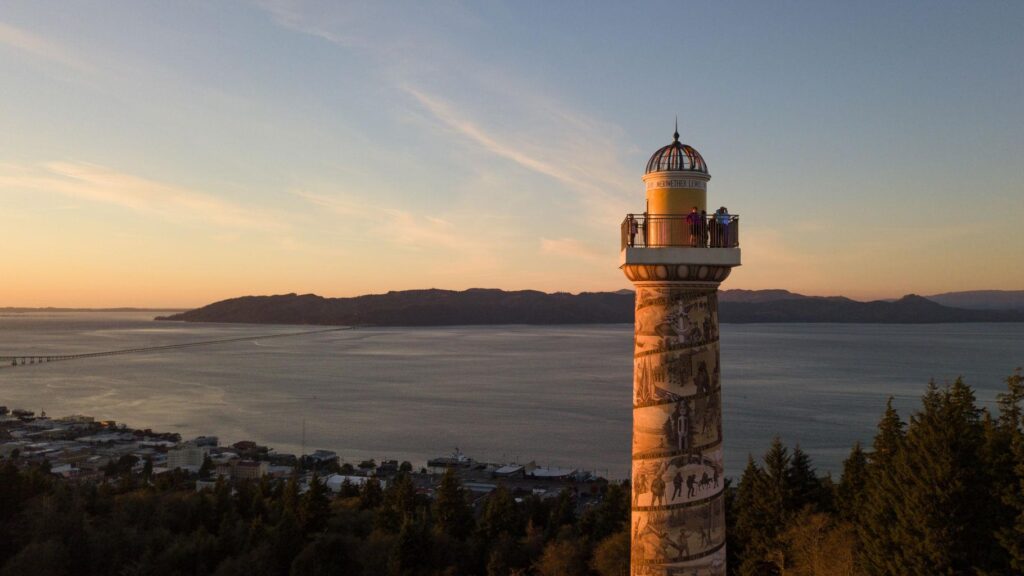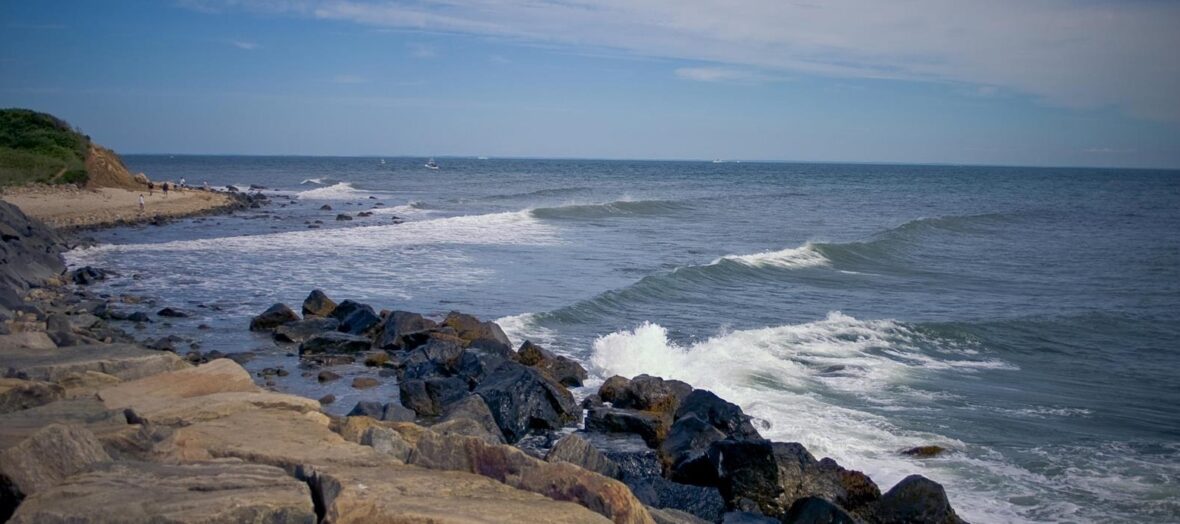Warrenton is a small, coastal city in Clatsop County, Oregon, United States. Take a look below for 15 fascinating and fun facts about Warrenton, Oregon, United States.
1. Named for D.K. (Daniel Knight) Warren, an early settler, the town is primarily a fishing and logging community.
2. The population was 4,989 according to the 2010 US Census.
3. Warrenton is a less urbanized area close to the Clatsop County capital Astoria, Oregon.
4. Prior to the arrival of the first settlers, this land was inhabited by the Clatsop tribe of Native Americans, whose tribe spanned from the south shore of the Columbia River to Tillamook Head.
5. The county in which Warrenton is located was named after these people, as well as the last encampment that the Lewis and Clark Expedition established. Today, a replica of Fort Clatsop still stands just outside of Warrenton city limits.
6. The first pioneers who settled on the land that would become Warrenton (between 1845 and the early 1850s) were Jeremiah Gerome Tuller, J. W. Wallace, D. E. Pease, Ninian A. Eberman and George Washington Coffenbury.

7. Coffenbury remains a household name in the town, as a local lake in Fort Stevens was named after him.
8. The first settlement within Warrenton city limits was Lexington, which was laid out in 1848, and served as the first county seat for Clatsop County. The name fell out of use for a time, and the area became known as Skipanon – a name that is now preserved by the Skipanon River, which flows through the town.
9. A Lexington post office operated intermittently between 1850 and 1857; a Skipanon post office operated continuously from 1871 to 1903.
10. In 1863, the military battery, Fort Stevens, was built in the Warrenton area near the mouth of the Columbia River.
11. Though military activity ceased in 1947, the remains of the fort are preserved as part of Lewis and Clark National Historical Park.
12. Very few improvements were made to the land until the early 1870s, when D. K. Warren bought out some of the first settlers. With the help of Chinese labor, Warren reclaimed a large tract of the land by constructing a dike about 2.5 miles (4.0 km) in length, which was completed in 1878.

13. Warren laid out the town in about 1891, and in the following year built the first schoolhouse, at a cost of $1,100, and gave it to the school district.
14. Warrenton was platted in 1889 and incorporated as a city in 1899.
15. Built on tidal flats, it relied on a system of dikes built by Chinese laborers to keep the Columbia River from flooding the town.




